Exploring nature on foot is undoubtedly one of the most unique and captivating experiences. Walking on the forest floor allows individuals to establish a deep connection with nature, enabling them to observe the intricate details of the environment and wildlife up close. This immersive experience fosters a greater understanding and appreciation of the natural world. For nature lovers, walking inside the jungle provides an unforgettable adventure, allowing them to engage with the ecosystem in a meaningful way and create lasting memories. Here are the best national parks in India for walking safaris.
-
Satpura Tiger Reserve for walking safaris
Total Area: 2,133.30 sq. km.
Established in The Year: 1999
The Satpura National Park & Tiger Reserve, in the Satpura hills of Madhya Pradesh, is renowned for its incredible biodiversity. It stands out as the sole tiger reserve in Central India where walking safaris are permitted. During a walking safari, a forest guide and a guard who carry the necessary equipment to ensure guest safety accompanies visitors. While walking safaris are safe, caution is essential because of the potential presence of dangerous animals such as sloth bears, leopards, or even tigers.
These animals usually avoid human contact, and upon seeing people walking, they retreat. However, if startled, they might attack to protect themselves. Therefore, it’s crucial to stay vigilant, keeping your eyes and ears open during walking safaris. The experience of walking in a tiger territory is unparalleled, offering the opportunity to observe many aspects of wildlife that often go unnoticed during a regular jeep tiger safari in India.
Vegetation & flora: The primary vegetation in this area comprises Dry Deciduous Teak, Dry Mixed Deciduous, and Moist Deciduous Forests. Common trees in this reserve include Saal, Teak, Mahua, Tendu, Saja, and Arjun. The reserve stands out for its rich variety of small plants and many species of interest. Remarkably, the area boasts 37 species of epiphytic mosses, 46 species of terrestrial mosses, 57 species of bryophytes, 94 species of pteridophytes, 7 species of gymnosperms, and an impressive 1,190 species of angiosperms (flowering plants).
Fauna: This reserve is home to a diverse range of wildlife including tigers, leopards, wild dogs, sloth bears, crocodiles, spotted deer, sambar deer, blackbuck, barking deer, and Indian gaur. Various bird species such as the Malabar pied hornbill, Indian Cuckoo, Indian Pitta, and Asian Paradise flycatcher inhabit the area. Noteworthy vultures like the long-billed, slender-billed, and white-backed vultures also contribute to the reserve’s rich biodiversity.
-
Keoladeo Ghana National Park (Bharatpur Bird Sanctuary)
Total Area: 28.73 sq. km.
Established in The Year: 1981
Keiladeo Ghana National Park or the Bharatpur Bird Sanctuary is a natural world heritage site in the state of Rajasthan. It is primarily a bird sanctuary, devoid of potentially dangerous animals, allowing visitors to explore designated roads on walking safaris. The park’s safety permits walking, offering a unique opportunity for birdwatchers. Walking safari allows for a closer and more intimate birdwatching experience, making it the park’s standout attraction.
Vegetation & flora: Keoladeo National Park is a remarkable blend of woodlands, marshes, and savannas. The park boasts a diverse ecosystem, featuring more than 65 species of grasses from nine different families. We have recorded 379 species of flowering plants in this area. This rich botanical diversity contributes to the park’s unique and vibrant natural environment.
Fauna: The park is a haven for bird enthusiasts, with a total of 375 bird species documented within its borders. Among these, there are five Critically Endangered species, two Endangered species, and six Vulnerable species, highlighting the park’s significance in bird conservation. Remarkably, around 115 bird species breed within the park, including 15 water bird species. This breeding population forms one of the most spectacular heronries in the region, making Keoladeo National Park a vital hub for avian diversity and preservation efforts.
It is one of the best-suited bird habitats in India. Birds like Painted stork, Grey and purple heron, great egret, black-headed Ibis, Asian openbill, Black-necked stork, and Sarus crane are seen throughout the year. Apart from birds, the park is also home to Spotted Deer, Blue Bull, Wild Boar, Jackal, Hyenas, Jungle Cat, Fishing Cat, and Python.
-
Singhalila National Park for walking safaris
Total Area: 78.60 sq km
Established in The Year: 1986
Singhalila National Park is renowned for its population of red pandas and stands out as one of the best places to observe these charming creatures in their natural habitat. The park’s terrain is hilly and undulating, which is why only walking safaris are permitted within its boundaries. Walking safari offers visitors the ideal opportunity to explore the park thoroughly, providing an intimate and immersive experience with the park’s unique flora and fauna, including the captivating red pandas.
Vegetation & flora: The Singhalila forests are renowned for their rich floral diversity. The region is home to a variety of plant species, including 13 different species of Rhododendron, Magnolia, and various orchids. Additionally, the forests feature important medicinal plants also.
Apart from these, the ecosystem of Singhalila boasts a wide array of mosses, lichens, mushrooms, tree ferns, climbers, and other epiphytic plants. This diverse range of flora highlights the ecological richness and botanical significance of the Singhalila National Park.
Fauna: The national park, spanning 78 square kilometers, has been documented to host over 350 bird species. Particularly noteworthy is the blooming of rhododendrons during March-April, which serves as a magnet for various bird species, including the vibrant fire-tailed myzornis.
In the winter months, numerous birds migrate to lower altitudes to evade the cold weather and forage for food, adding to the park’s avian diversity. Singhalila is most famous for its pheasant species such as the Satyr Tragopan, Kaleej Pheasant, Blood Pheasant, Common Hill-partridge and Chestnut or Red-breasted Hill-partridge. It has many species of parrotbills, warblers, sunbirds, nuthatches, thrushes and raptors.
In addition to the iconic red panda, the park is home to a variety of other fascinating animals. This includes the elusive leopard, the striking clouded leopard, the powerful Asiatic Black bear, the agile Serow, the shy Barking Deer, and the rare Chinese pangolin. These diverse species contribute to the park’s rich wildlife and make it a unique and important conservation area.
-
Hollongapar Gibbon Wildlife Sanctuary walking safari
Total Area: 21sq. km.
Established in The Year: 1997
The Hollongapar Gibbon Sanctuary stands as the premier destination for observing primates in northeast India. Despite its relatively small size, the sanctuary boasts an incredibly diverse range of flora and fauna. Visitors are particularly drawn to this sanctuary to catch a glimpse of the Hoolock Gibbon, the sole ape species found in India. These agile creatures, often referred to as the acrobats of the forest, have a knack for swiftly disappearing from sight, making it a challenge for observers. You can experience the Hoolock Gibbon while on a walking safari in the wildlife sanctuary.
The sanctuary features only one main road, and the likelihood of spotting these elusive primates is relatively low if one sticks to this route. Optimal observation of primates and birds becomes possible when visitors choose to explore on foot, enabling them to navigate the bushes and narrow tracks within the forest. This approach allows for a more immersive experience and a higher chance of encountering the diverse wildlife that calls the sanctuary home.
Vegetation & flora: The Hollongapar Gibbon Sanctuary is a vital component of the biodiversity hotspot in the northeast region and is renowned for its rich floral diversity. The sanctuary primarily features moist deciduous and semi-evergreen vegetation, interspersed with patches of evergreen forests. In this diverse ecosystem, the top canopy is dominated by evergreen trees, while the second story predominantly consists of deciduous trees.
The sanctuary derives its name from the magnificent Hollong tree, which is a prominent evergreen tree native to the northeast region, and the Gibbon, a fascinating primate species. This unique combination of flora and fauna underscores the sanctuary’s ecological significance and makes it a crucial area for conservation efforts.
Fauna: The Hollongapar Gibbon Sanctuary is renowned for its remarkable primate diversity, housing seven distinct species of primates: the Hoolock Gibbon, Northern Pig-Tailed Macaque, Assamese Macaque, Capped Langur, Stump-Tailed Macaque, Rhesus Macaque, and Bengal Slow Loris. In addition to these primates, the sanctuary is also home to other significant mammals such as tigers, leopards, and Asian elephants, enhancing the area’s biodiversity.
Furthermore, the sanctuary supports a vibrant avian population, with 219 species of birds documented within its boundaries. Among these, there are rare and range-restricted species, making it a paradise for bird enthusiasts and a crucial area for conservation efforts. The diverse range of primates, big cats, elephants, and bird species highlights the sanctuary’s importance as a hub for wildlife preservation in the region.
Also read: Only Ape of India: Hoolock Gibbon – Diet, Habitat & Conservation
-
Eaglenest Wildlife Sanctuary
Total Area: 217sq. km.
Established in The Year: 1989
Eaglenest Sanctuary truly stands as a paradise for nature lovers. Nestled in the eastern Himalayas, this sanctuary boasts remarkable biodiversity due to its high altitudinal variation, encompassing elements of both tropical and temperate climates. The diverse terrain of the sanctuary makes walking safaris the ideal method to explore the park thoroughly.
Notably, Eaglenest Sanctuary was established with the primary purpose of conserving an endemic species of bird called Bugun liocichla, a discovery made in the same year the sanctuary was declared. This unique and rare avian species underscores the sanctuary’s significance in preserving not only a variety of flora and fauna but also rare and special bird species, making it a must-visit destination for birdwatchers and nature enthusiasts.
Vegetation & flora: Eaglenest Sanctuary boasts a diverse range of vegetation, encompassing tropical, subtropical, and temperate forests. Within the sanctuary, the broadleaf subtropical forest is predominantly characterized by various oak species. Additionally, the broadleaf temperate forest within the sanctuary is dominated by Oak, Magnolia, and Rhododendron trees. This rich variety of flora contributes to the sanctuary’s vibrant and ecologically significant environment, making it an ideal habitat for diverse wildlife and a captivating destination for nature enthusiasts.
Fauna: Walking safaris in the Eaglenest Sanctuary is a haven for birdwatchers, hosting a staggering 353 species of birds. Among these avian treasures are the Hoary-throated Barwing, Beautiful Sibia, White-naped Yuhina, Blyth’s Tragopan, Temminck’s Tragopan, Great Hornbill, and Ward’s Trogon, showcasing the sanctuary’s rich birdlife.
In addition to its avian diversity, the sanctuary is home to a variety of significant mammal species. These include the Assamese Macaque, Capped Langur, Golden Cat, Marbled Cat, Red Panda, Fishing Cat, and Clouded Leopard, highlighting the sanctuary’s importance as a habitat for diverse and often rare wildlife species. Eaglenest Sanctuary stands as a crucial area for both bird conservation and the protection of unique mammal species.


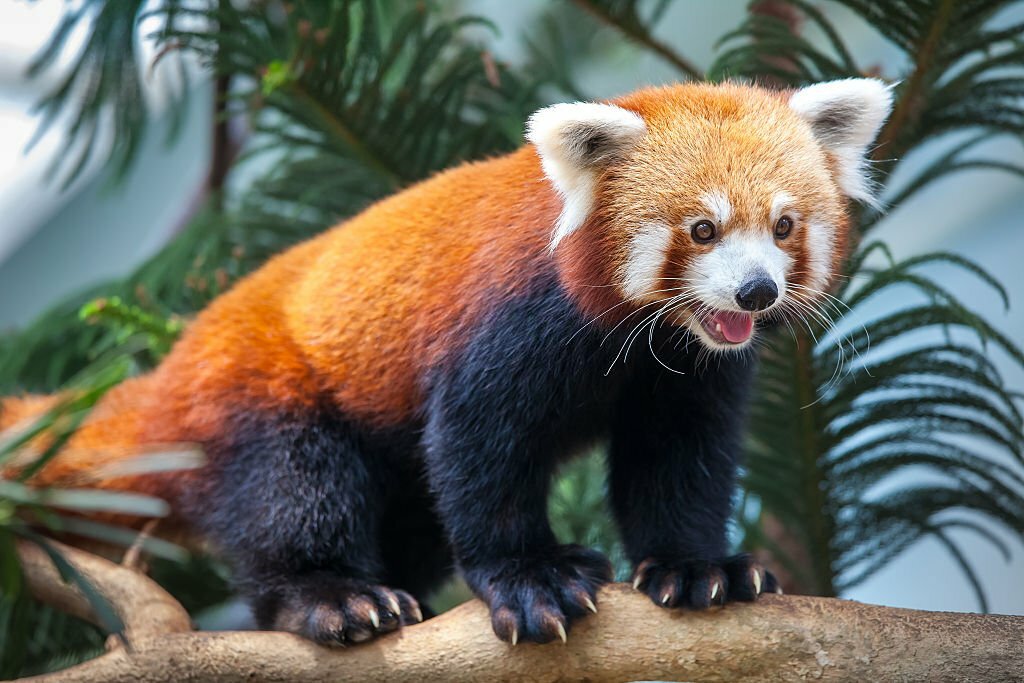
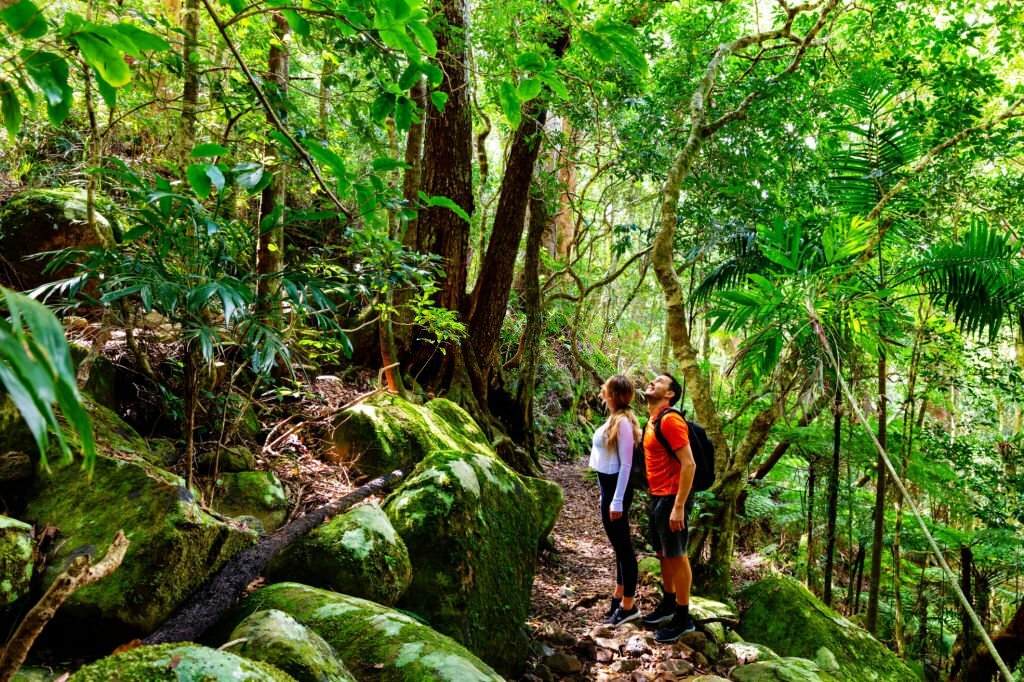
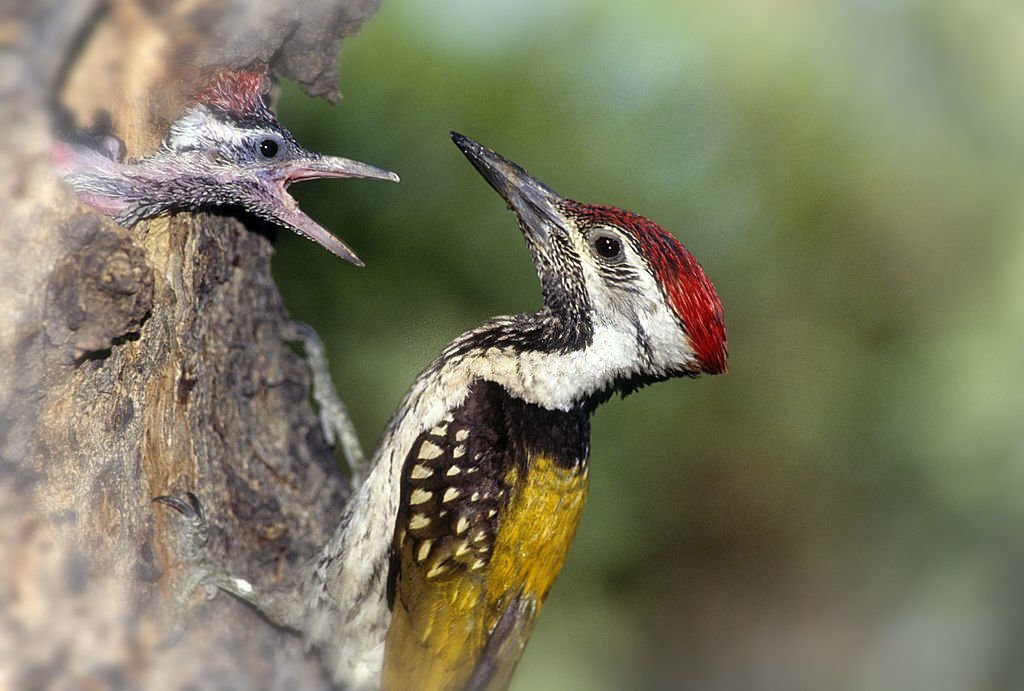
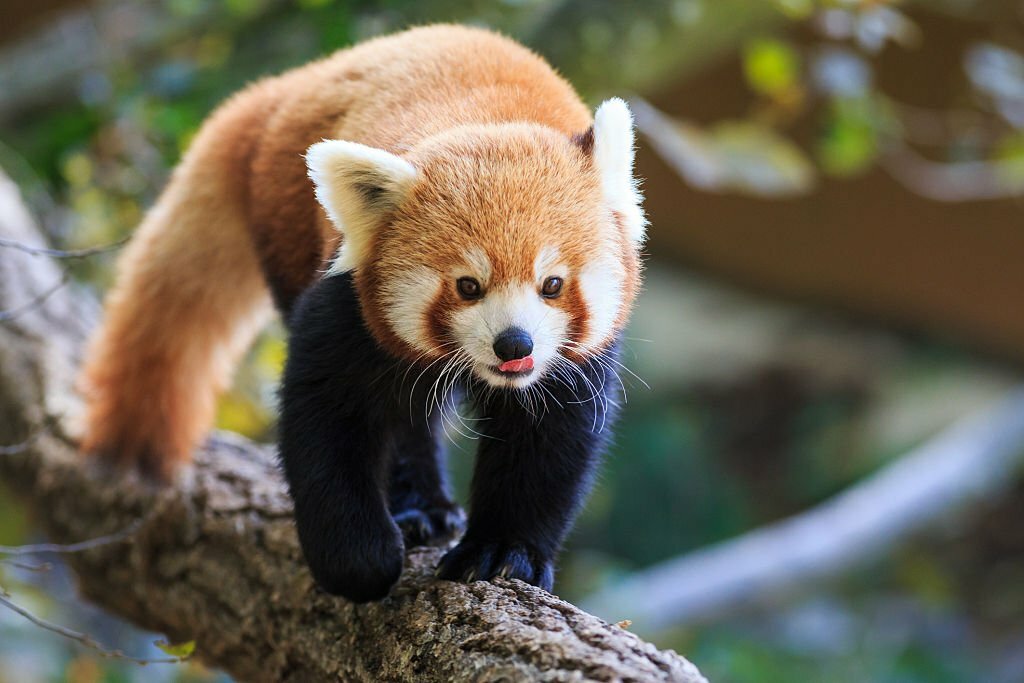
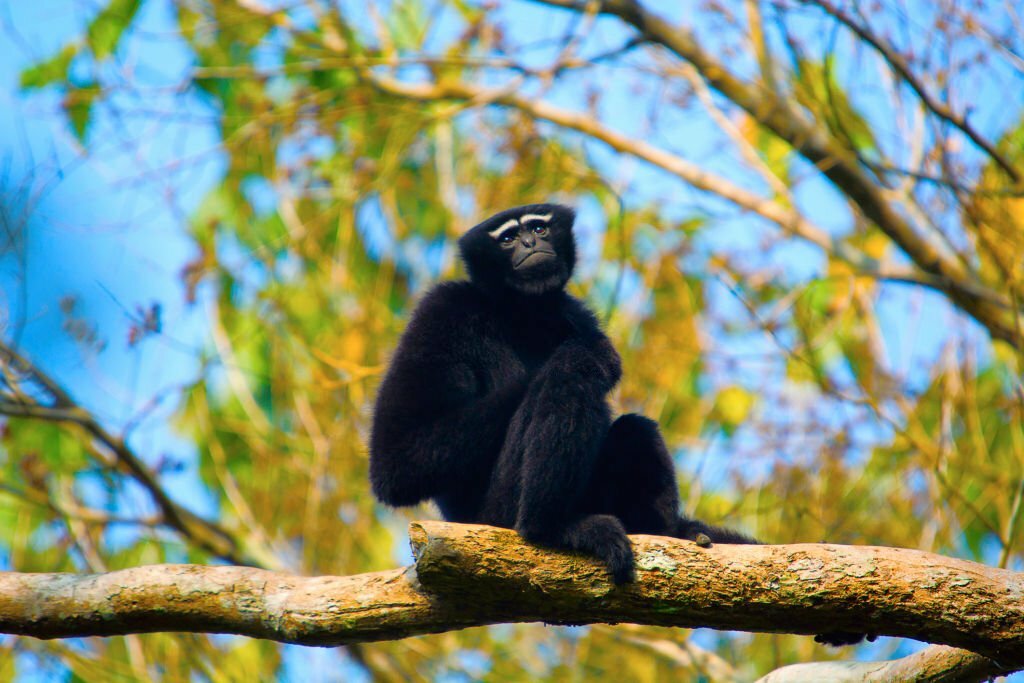
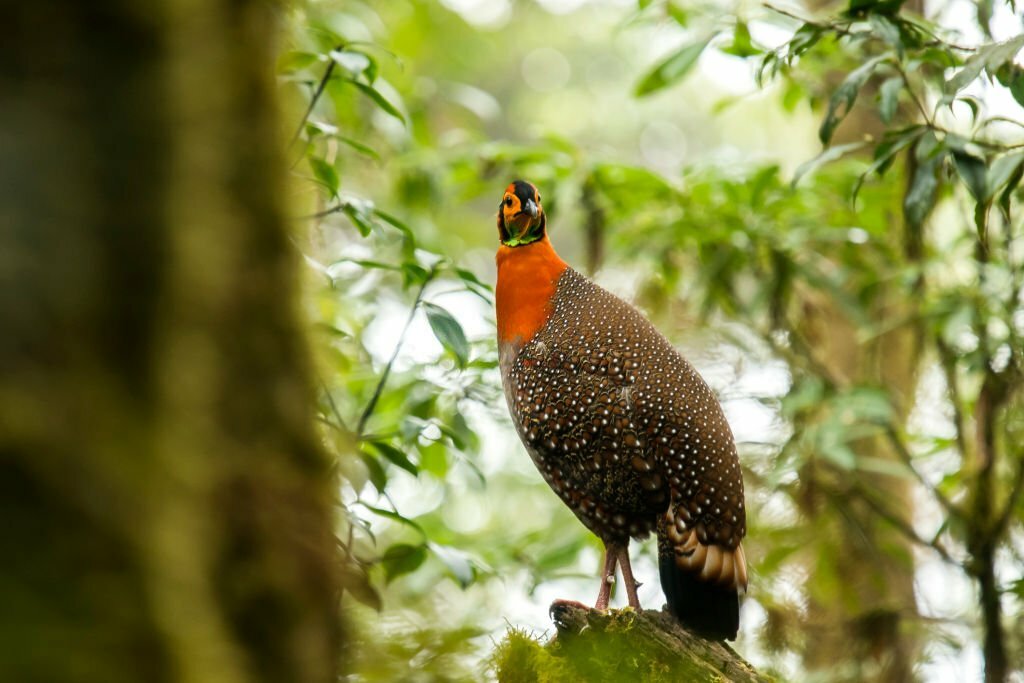







[…] Also read: The Top 5 Best Walking Safari Destinations in India […]